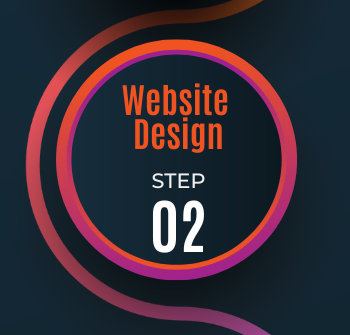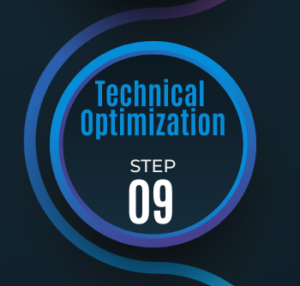
Steps of SEO: 4 Target Audience
To improve your SEO, it’s important to define your target audience, research their search behavior, and select the most valuable keywords to target.



To improve your SEO, it’s important to define your target audience, research their search behavior, and select the most valuable keywords to target.

Competitor analysis is a vital SEO step. Identify competitors, evaluate their website, keywords, backlinks, and social media presence to find opportunities to improve your own website’s visibility.

Optimizing technical aspects of a website is crucial for SEO. Improving page speed, mobile-friendliness, implementing HTTPS, optimizing URLs and using structured data are essential techniques.